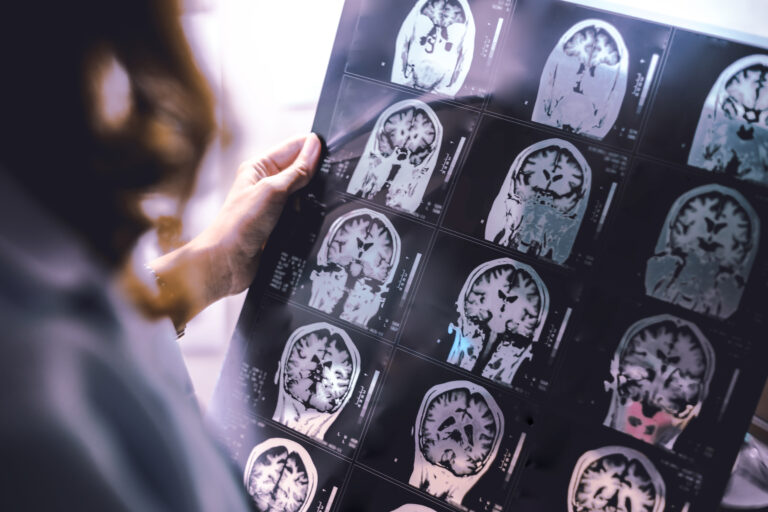Combination therapies have shown significant promise in extending remission periods in non-Hodgkin’s lymphoma (NHL), a diverse group of blood cancers originating in lymphocytes. These therapies typically involve using multiple drugs or treatment modalities together to attack the cancer cells more effectively than single-agent treatments. The rationale behind combination therapies is to target the lymphoma cells through different mechanisms simultaneously, reducing the chance of resistance and improving the depth and duration of remission.
Non-Hodgkin’s lymphoma encompasses various subtypes, with diffuse large B-cell lymphoma (DLBCL) being the most common. Treatment often starts with chemotherapy regimens such as CHOP (cyclophosphamide, doxorubicin, vincristine, and prednisone), frequently combined with rituximab, a monoclonal antibody targeting CD20 on B cells. This combination, known as R-CHOP, has been a standard frontline therapy and has improved remission rates significantly. However, despite initial responses, many patients relapse, highlighting the need for more effective strategies to prolong remission.
Recent advances have introduced novel agents and immunotherapies into combination regimens. For example, adding monoclonal antibodies like brentuximab vedotin or immune checkpoint inhibitors such as nivolumab to chemotherapy has been explored to enhance the immune system’s ability to recognize and destroy lymphoma cells. These agents can work synergistically with chemotherapy drugs that kill cancer cells directly or inhibit their division. Clinical trials are ongoing to determine the best combinations and sequences of these therapies to maximize remission duration.
One promising approach involves combining immunotherapy agents with chemotherapy drugs. For instance, regimens including atezolizumab (an immune checkpoint inhibitor) with gemcitabine, oxaliplatin, and rituximab are being tested in relapsed or refractory diffuse large B-cell lymphoma. The goal is to improve outcomes by both directly attacking tumor cells and boosting the immune response against them. Early results suggest that such combinations can increase complete remission rates compared to chemotherapy alone.
Another innovative strategy is the use of CAR T-cell therapies as consolidation treatment after initial remission. CAR T-cells are genetically engineered immune cells designed to specifically target lymphoma cells. Trials are investigating whether administering CAR T-cell therapy to patients who have achieved partial or complete remission but still have minimal residual disease can extend remission and prevent relapse. This approach represents a shift toward personalized immunotherapy to maintain long-term control of the disease.
Combination therapies also extend beyond drugs to include targeted agents like lenalidomide, which modulates the immune system and has anti-lymphoma activity. Combining lenalidomide with monoclonal antibodies such as blinatumomab, a bispecific T-cell engager, is under study to enhance immune-mediated killing of lymphoma cells. These combinations aim to improve remission rates and durability by engaging multiple immune pathways.
Despite these advances, challenges remain. Some novel combinations improve remission rates but do not always translate into longer overall survival, indicating that remission extension is complex and influenced by many factors including lymphoma subtype, patient characteristics, and disease biology. Additionally, combination therapies can increase toxicity, requiring careful balancing of efficacy and side effects.
In clinical practice, the choice of combination therapy depends on the lymphoma subtype, stage, patient health, and prior treatments. For aggressive lymphomas like DLBCL, intensive chemoimmunotherapy remains the backbone, with novel agents added in clinical trials or specific cases. For indolent lymphomas, combinations may focus more on targeted therapies and immunomodulation to maintain remission with fewer side effects.
Ongoing research continues to explore new drug combinations, dosing schedules, and integration of emerging therapies such as bispecific antibodies, antibody-drug conjugates, and next-generation CAR T-cells. The ultimate goal is to develop personalized combination regimens that no





